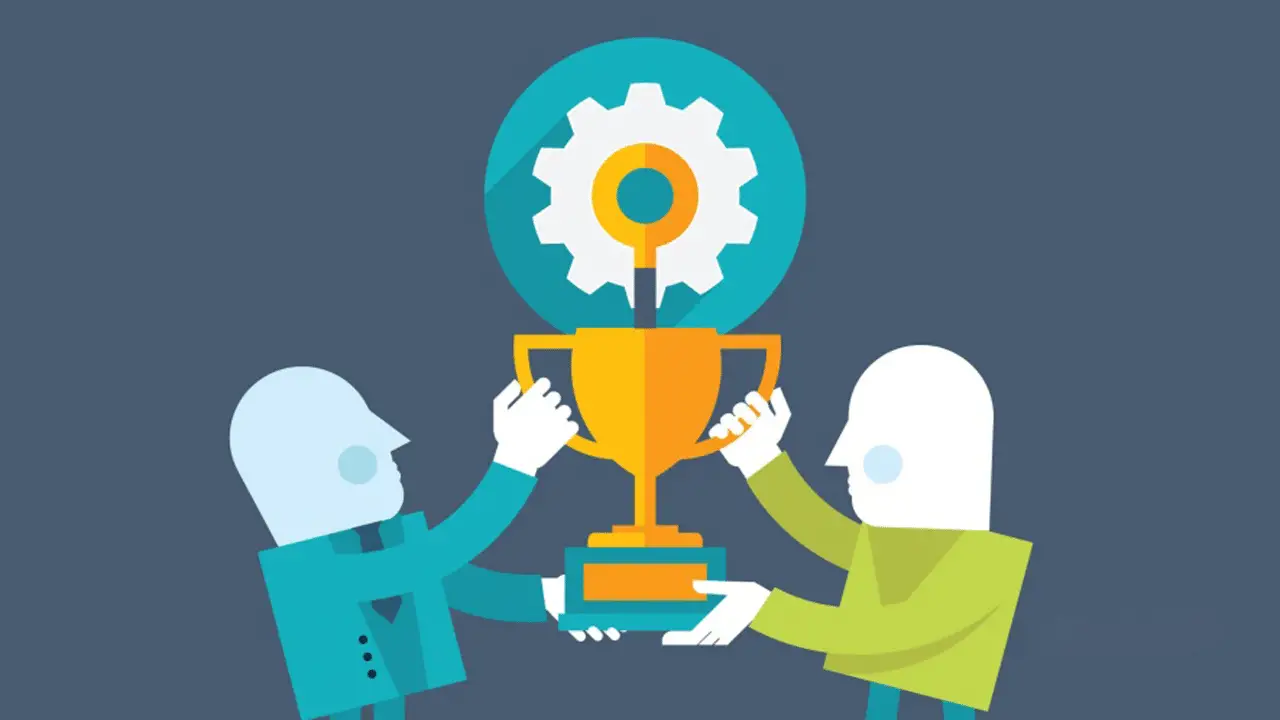Agile methodology is one of those concepts that’s part of our culture now. You might have never heard about it. Yet, you’re probably implementing several of its practices when working with software development.
Even before the term came to life, software development websites already somewhat implemented it. Today, it’s part of the standard for software developers, but what exactly is it?
What is agile methodology?
Agile is a concept launched back in 2001. 17 technologists were involved in drafting the Agile Manifesto. It’s basically a compilation of principles that make up agile management. The goal is to help developers create better software.
InfoWorld goes into a lot of depth on its history. But we can summarize the 4 main “commandments” of agile development.
- Processes and tools are less important than the individuals and their interactions.
- Comprehensive documentation means little without working software.
- Collaborating with customers is more relevant than negotiating contracts.
- Adapting to change is better than sticking to the plan despite feedback.
To suit the requirements of ever-changing business scenarios, you need to follow agile practices to consistently deliver high quality and relevant solutions to our clients. Here is what you can expect.
- Custom application development in an agile fashion.
- Prototyping of new ideas involving web and mobile applications.
- Building up offshore web technology teams, leveraging our strong technical expertise.
- Architecting and building of scalable solutions for high traffic applications.
- Automated testing of applications.
How is it different from traditional methods?
The article also goes into the waterfall methodology. In essence, this software development method involved significantly more documentation. The documents must include the entire strategy, functionality, and even interfaces.
It basically detailed how the entire software would work before even starting to code. Software development would take around two years on average due to this.
The most popular agile methods
There are three main agile methods: Scrum, Kanban, and Lean. The UK government website has a great introduction in its service manual. Each approach has its own focus and advantages. Not all of them work for the same companies.
Let’s break down the three agile methods. Similarly, we’ll go through when it’s best to use each one.
Scrum
Scrum is the most popular option on the list. It still allows for high structure with specific roles. That makes it the best method for traditional companies interested in adopting agile.
When it’s best
Additionally, Scrum is great for developing new products or expanding existing products. It’s also ideal if you want to enhance features already available. Scrum also involves certain activities like daily meetings and regular reviewing.
They can complement other methods even if Scrum isn’t the best approach. Running live services with urgent requests aren’t Scrum-friendly. Other methods are flow-based, like Kanban, and they’re better in these cases.
Kanban
The Kanban method gathers its inspiration from waste reduction. It originates from production systems focusing on quality improvement and reducing residue. Toyota is a good example.
Kanban lets you visualize and upgrade current practices. It’s the ideal approach for improving workflows. Therefore it allows for quicker value delivery, predictability, and early feedback.
When it’s best
Kanban is ideal if you want to improve services managing constant requests and feedback. If you run into bottlenecks frequently, Kanban lets you find and fix them. You can also monitor how much work happens at a time.
Delivering faster also improves feedback quality. You can predict results based on delivery. If you need to change priorities quickly, Kanban is also an excellent choice.
Lean
Lean is somewhat similar to Kanban. That means it originates from similar principles and systems. However, it still differs from Kanban in that it incorporates more functions.
Just like Kanban, it’s great for producing quick results with less waste. It’s also good for improving your services. Yet, it has a strong emphasis on learning. It refers to previous evidence for decision making.
When it’s best
Lean is the best idea if you want your teams to prioritize learning quickly. It offers many techniques and tools to approach first-time tasks. It’s great to tackle new discoveries regarding customer needs. Therefore, it’s also excellent for adapting your service to them.
Do you have to choose only one?
You don’t need to stick to a single method. You can take hints and techniques from different ones according to your needs. Many methods find common ground, and you have many others outside these three. The best approach is to assess your goals and find what works best.


























